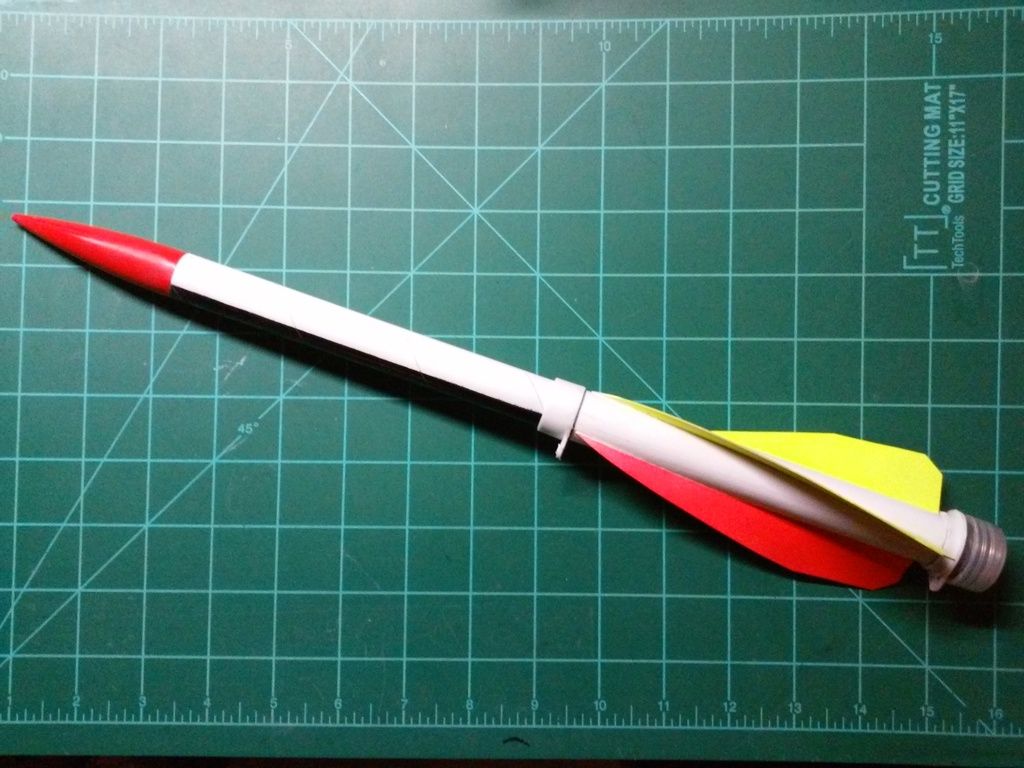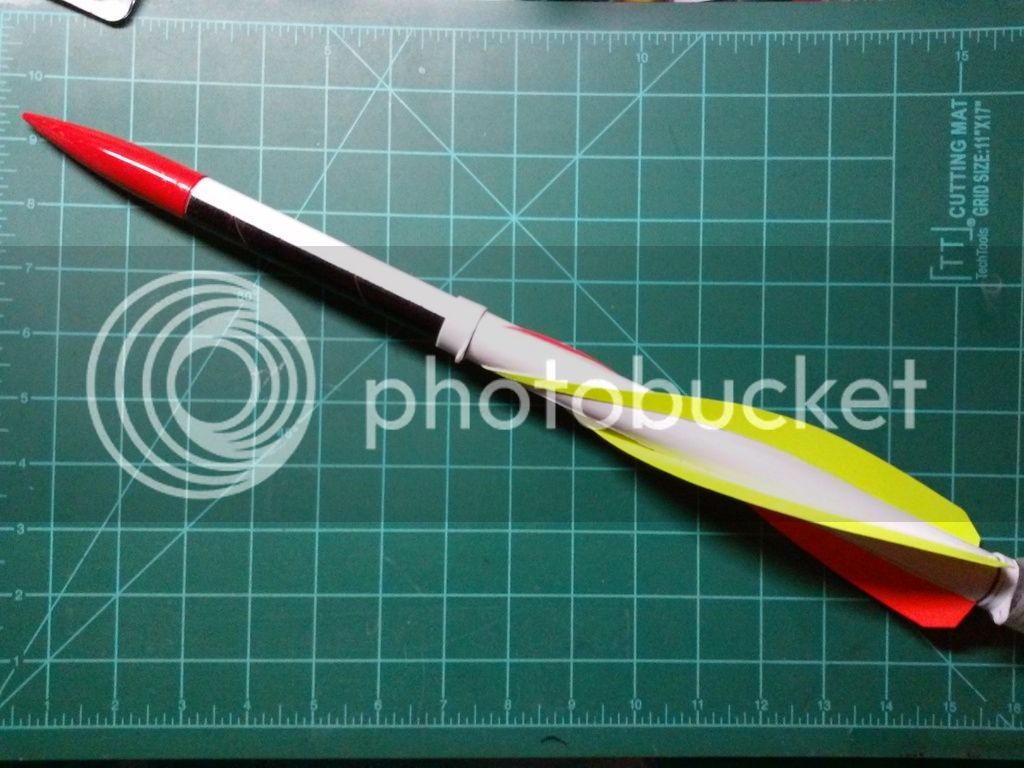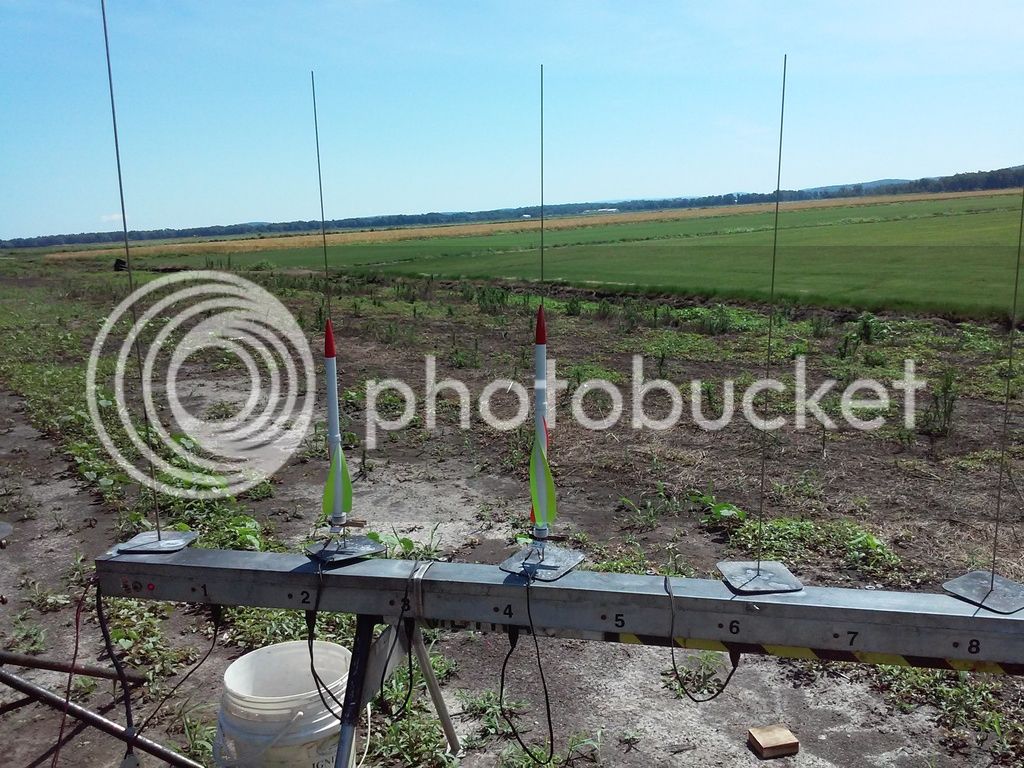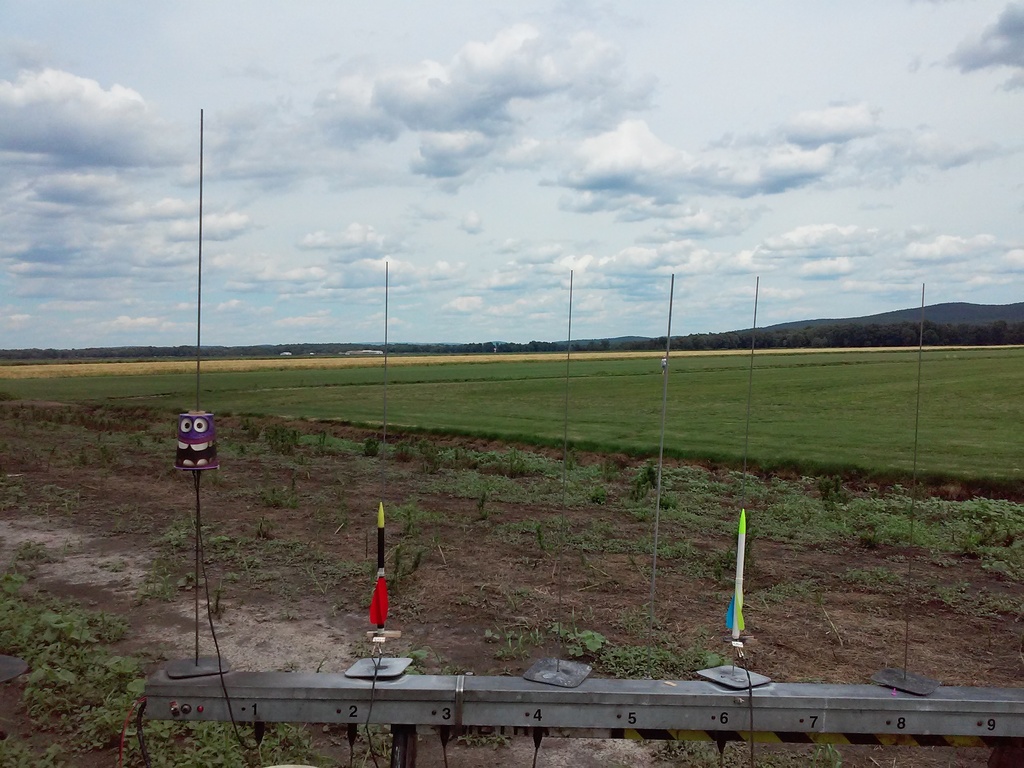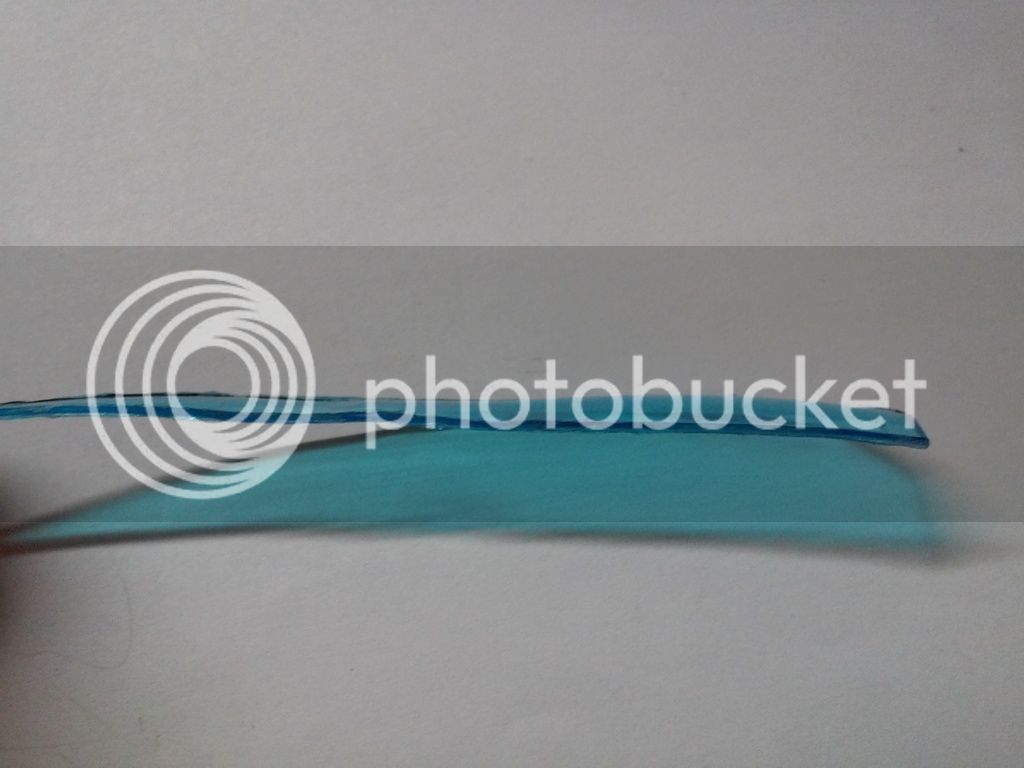I suspect, based only on a very quick mind sim, that option 3 will be not just hard but impossible to calibrate, because I don't think their effects will remain proportional as the rocket's speed varies. The torques applied by the two sets of fins should be proportional to one another, but the transmission of torque through the bearing is probably not.
Fixed fins with no cant at all would provide some rotation resistance. Adding a tiny cant would be somewhat better, so if it were me I would just do that and call it a day.
And I'd probably use canards because, despite their detrimental effect on stability, they just look cool.
True that option 3 would be nearly impossible to calibrate; however I'm not aiming to keep the main body perfectly still...some rotation is fine and while the extra canard would help with that, I think the bearings alone should be fine. Additionally, I agree that fixed fins/wings with no cant will help provide some rotations resistance; however from what I recall, it usually will result in a gradual spiral flight. Just to make it a triple, I agree that canards would look cool.

My real rocket science buddy at ULA says true spin stability for model rockets only occurs when a high spin rate is achieved before leaving the rod. So you have to get the spin powered up by canted motors or like a monocopter. Like those illegal (except for Wyoming) flying diamond fireworks from China. He also says model rocket Gas Dynamic Stabilization is doable and that he can make it work. I wait with baited breath!
I say you can fly anything with enough brute force and nose weight. That power and nose weight won't solve all yer problems, but takin' care of 98% of 'em ain't bad. Brute force over complex aerodynamics, your thick winged Fokker D7 vs. my 400 hp Liberty motor. Hey there, hold my beer while I put in a bigger motor! So much for the high level of science going on, think I just brought it down several notches.
Actually I think your rocket science buddy is wrong (about this). :cyclops:
More precisely, he doesn't have the correct idea of this design. Regarding "
true spin stability for model rockets only occurs when a high spin rate is achieved before leaving the rod", that's true if you're going for a rocket that relies solely on spin stability such as a stick with a nose cone, no substantial nose weight and a straight tube, but not in this case. Almost like saying that a Toyota Prius doesn't use electric motor propulsion since it also has a gas engine.
EDIT: I guess I'm at fault too since my OP noted spin stabilization; however it should more appropriately be "spinning to augment stabilization" or something like that. I figured it was clear what I was going for given the pics of the rocket with fins since fins are the main form of stabilization we use in rocketry (although maybe not for Daddyisabar  ). I've added clarification in OP.
). I've added clarification in OP.
Regarding GDS, it is doable and can work...in fact,
it's patented!

However I feel it is very inefficient and impractical. A lot of the motor power seems used just to draw in air from the sides into the lower extended tube, which in a way acts like a rear ring fin due to the airflow drawn to/through/around it (IMHO).
Actually there may be a way of reducing spin forward of the rotation fin can, although it will be a blunting rather than elimination and will cost you drag (doesn't everything?)
Set of big standard fins forward (or even aft, or both) of the spinning fin can. These will resist rapid rotation, will add to stability if they are still aft of the CG. OF course, they also sort of violate the point of spinning fins. Short chord long span would be best. Had to look up m fin nomenclature for that one
https://www.rocketryforum.com/showthread.php?10393-Fin-Surface-Nomenclature
Might give it a Satellite look. Would certainly add to the cool factor.
Those may work; however as you've mentioned, it would add drag and I'm now thinking more and more that bearings are the way to go. As it is, the current design is very streamlined and aerodynamic...adding fins to counter spin will add drag and reduce performance. Still, I'll consider adding small canards just to see and compare. Since my builds are (so far) modular, I can add a forward fixed slightly canted canard (quite a mouthful!) and even switch different versions (ex. no cant and larger)...the big limitation is my ability to build variants fast enough and also have time to launch them.
Interestingly, you could probably do a rotation fin can sandwiched between standard fins using loosely nested body tubes and graphite as a dry lubricant. I remember some helicopter designs doing this. I think it was a QCR heli
I think this would also add drag...from what I saw in the counter-rotating version, it's very draggy to have air slapped around from one direction to the other...almost like a box hitting wind. However this would likely be better for a low and slow odd-roc version like the VTOL. I do like the dry lube suggestion and may use it!
Wow...this thread revolves from "pun wars" to "think tank"! :surprised:




